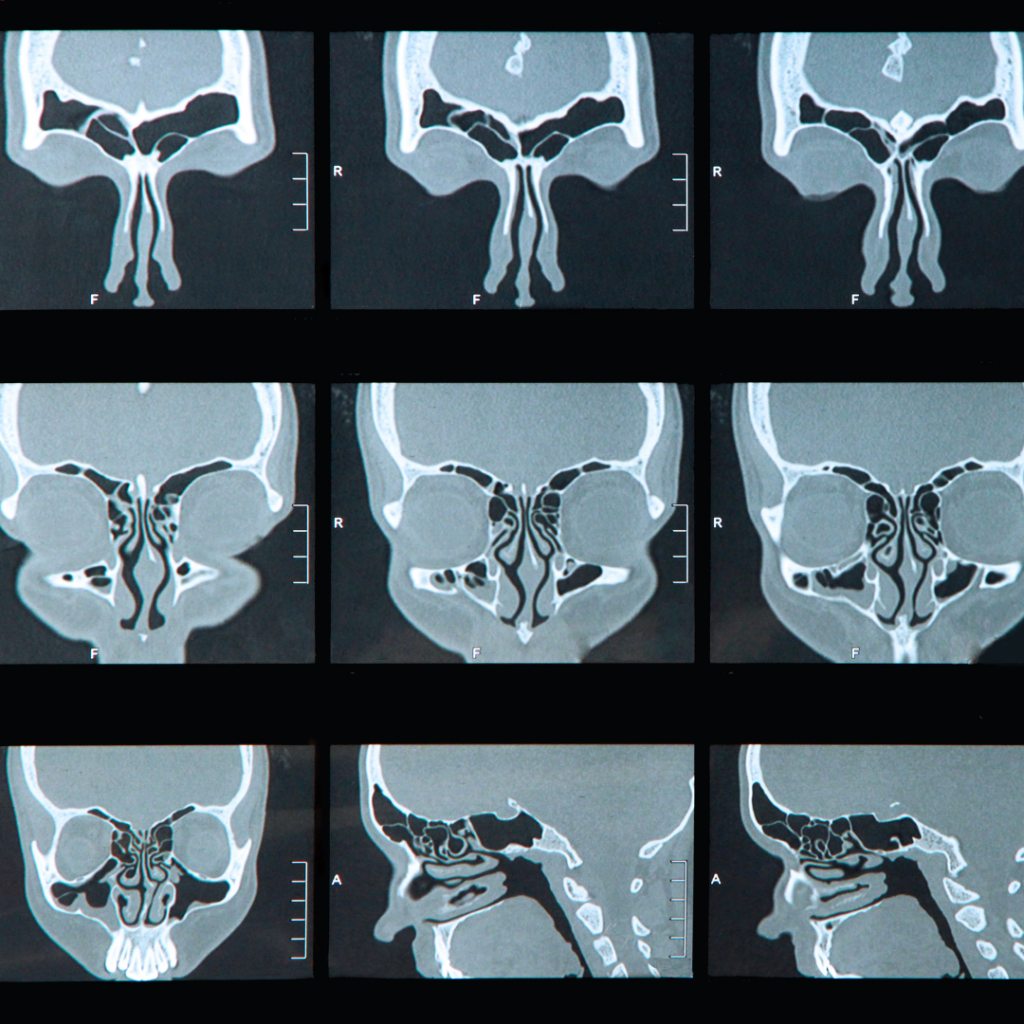
Welcome to our Dental Implant Surgery Center of Excellence
Maxillofacial surgery, or facial reconstructive surgery, deals specifically with injuries, deformities, and conditions related to the hard and soft tissue of the face. We know any type of surgery can be stressful, and the decision to move forward can be a difficult one. That’s why we go the extra mile to make sure you fully understand why we recommend each procedure and how it will help you function, feel, and look better.




Dental Implants
Dental implants are permanent anchors that integrate with the jawbone to provide a stable base for long-term tooth replacement. Customized crowns (the teeth) are then attached to the implants.
Because dental implants become part of the jaw, they look and feel like natural teeth. They don’t move or slip around while you eat or talk.
Compare Teeth Replacement Options
You can put an end to dealing with missing teeth or repetitive dental work with dental implants. Take a look at how dental implants compare to traditional bridges and dentures.
Sinus Lift
A sinus lift is a procedure for patients who have experienced the loss of bone in their upper jaw. Maxillary sinuses are located on top of your upper teeth and behind your cheek, and are air-filled spaces that are typically empty; however, the roots of some of your upper teeth will extend into this area. If these teeth are removed, there is only a thin layer of bone that separates the mouth and the maxillary sinus. If the maxillary sinuses are too close to the jawbone, it may not be possible to place dental implants. When this occurs, a sinus lift is performed, a procedure that involves moving the sinus membrane up. In doing so, a sufficient amount of space is created which will allow the bone graft to be placed.
Candidates For A Sinus Lift
Patients who meet the following criteria may be good candidates for a sinus lift:
- Missing significant amount of bone in the back of the jaw
- Missing two or more teeth in the back of your jaw
- Missing teeth because of a condition or birth defect
- Missing majority of maxillary teeth and desire dental implants
Sinus Lift Process
In order to determine if you are a good candidate for a sinus lift, you will need to schedule an initial consultation, during which we will examine the overall health of your teeth, review your medical history, and determine what treatment options are best suited to your unique needs.
If it is determined that you are a good candidate for a sinus lift, there are several different approaches that can be taken to raise the sinus. One of the most common approaches involves making an incision in order to expose the bone. Next, your periodontist will cut a small circle, which will be lifted into the cavity. Once properly lifted, the area beneath is then filled with the graft. Once this step is completed and the area is filled,
the incision is then closed so that the healing process can begin. It will typically take between four to twelve months for the healing process and development of bone to occur, after which the implants will be ready to be placed.






Bone Regeneration &
Bone Grafting
In order for dental implants to be successful, the presence of healthy and adequate bone is essential. Many causes lead to bone loss and the formation of defects that may require augmentation. Bone grafting may be used to regenerate a small or large defect.
TECHNIQUES & MATERIALS
Different types of grafts and grafting materials can be used. The traditional standard bone graft material is to use the patient’s own bone. The graft can be obtained from different areas sites such as the mandible (lower jaw), hip bone, etc., and placed in the area of the defect. This bone graft will then re-vascularize and become incorporated. Many other options are also available as well and these materials have dramatically improved in predictability over the years.
Bone regeneration and bone grafting work hand-in-hand in order to restore these defects. Bone regeneration is the ability of your body to form new bone. Many techniques and materials used today enhance the patient’s ability to form new bone. Different types of membranes and materials can be used to help isolate the bone graft and enhance the formation of new bone.



Welcome to our Dental Implant Surgery Center of Excellence
Maxillofacial surgery, or facial reconstructive surgery, deals specifically with injuries, deformities, and conditions related to the hard and soft tissue of the face. We know any type of surgery can be stressful, and the decision to move forward can be a difficult one. That’s why we go the extra mile to make sure you fully understand why we recommend each procedure and how it will help you function, feel, and look better.


Dental Implants
Dental implants are permanent anchors that integrate with the jawbone to provide a stable base for long-term tooth replacement. Customized crowns (the teeth) are then attached to the implants.
Because dental implants become part of the jaw, they look and feel like natural teeth. They don’t move or slip around while you eat or talk.
Compare Teeth Replacement Options
You can put an end to dealing with missing teeth or repetitive dental work with dental implants. Take a look at how dental implants compare to traditional bridges and dentures.


Sinus Lift
A sinus lift is a procedure for patients who have experienced the loss of bone in their upper jaw. Maxillary sinuses are located on top of your upper teeth and behind your cheek, and are air-filled spaces that are typically empty; however, the roots of some of your upper teeth will extend into this area. If these teeth are removed, there is only a thin layer of bone that separates the mouth and the maxillary sinus. If the maxillary sinuses are too close to the jawbone, it may not be possible to place dental implants. When this occurs, a sinus lift is performed, a procedure that involves moving the sinus membrane up. In doing so, a sufficient amount of space is created which will allow the bone graft to be placed.
Candidates For A Sinus Lift
Patients who meet the following criteria may be good candidates for a sinus lift:
- Missing significant amount of bone in the back of the jaw
- Missing two or more teeth in the back of your jaw
- Missing teeth because of a condition or birth defect
- Missing majority of maxillary teeth and desire dental implants
Sinus Lift Process
In order to determine if you are a good candidate for a sinus lift, you will need to schedule an initial consultation, during which we will examine the overall health of your teeth, review your medical history, and determine what treatment options are best suited to your unique needs.
If it is determined that you are a good candidate for a sinus lift, there are several different approaches that can be taken to raise the sinus. One of the most common approaches involves making an incision in order to expose the bone. Next, your periodontist will cut a small circle, which will be lifted into the cavity. Once properly lifted, the area beneath is then filled with the graft. Once this step is completed and the area is filled,
the incision is then closed so that the healing process can begin. It will typically take between four to twelve months for the healing process and development of bone to occur, after which the implants will be ready to be placed.


Bone Regeneration &
Bone Grafting
In order for dental implants to be successful, the presence of healthy and adequate bone is essential. Many causes lead to bone loss and the formation of defects that may require augmentation. Bone grafting may be used to regenerate a small or large defect.
TECHNIQUES & MATERIALS
Different types of grafts and grafting materials can be used. The traditional standard bone graft material is to use the patient’s own bone. The graft can be obtained from different areas sites such as the mandible (lower jaw), hip bone, etc., and placed in the area of the defect. This bone graft will then re-vascularize and become incorporated. Many other options are also available as well and these materials have dramatically improved in predictability over the years.
Bone regeneration and bone grafting work hand-in-hand in order to restore these defects. Bone regeneration is the ability of your body to form new bone. Many techniques and materials used today enhance the patient’s ability to form new bone. Different types of membranes and materials can be used to help isolate the bone graft and enhance the formation of new bone.
